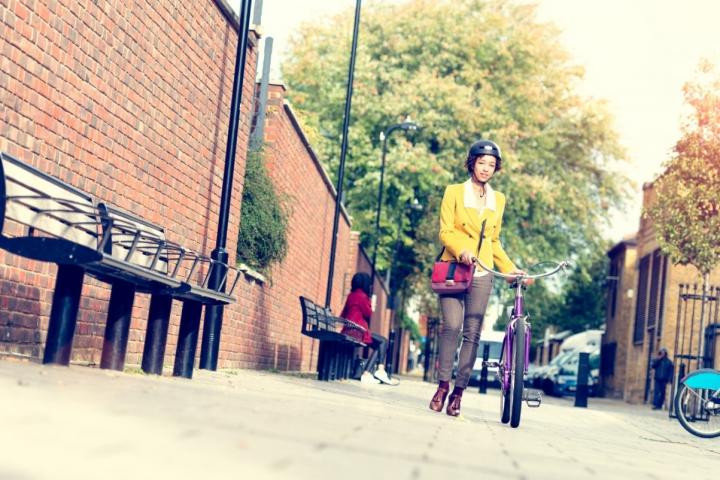
Cheshire East Council is stepping up its focus on active travel as part of its plans to support the borough through the recovery from the Covid-19 pandemic.
Over the last few weeks town and parish councils and local ward members have submitted more than 500 local ideas as to what measures may work in their towns and villages.
The council is now developing a series of projects, informed by these ideas, that will be delivered this summer, including:
● Pop-up cycle lanes, with protected spaces for cycling;
● Measures to reduce rat-running in streets;
● Improved walking and cycling routes to school;
● Safer junctions, with the potential for bus and cycle-only corridors;
● Implementing lower speed limits; and
● Wider pavements, which also enables social distancing.
Councillor Laura Crane, Cheshire East Council cabinet member for highways, said: "I would like to reiterate my thanks to everyone who has worked with us so quickly to submit ideas and proposals regarding active travel on behalf of our towns and villages.
"People's travel behaviour has changed during the lockdown. We have seen an increase in more people walking and cycling in our borough and as more people turn to these active ways of travel, we need to work together to provide safe spaces for people to carry out these journeys.
"We will continue to work with the town and parish councils to develop, review and refine these measures.
"Due to the short timescales surrounding these schemes, any implementation will be done on an experimental basis. This means we can amend and improve the schemes as we go, before anything permanent is put into place.
"Our aim is to deliver schemes that are right for each town and developed in partnership with each local area."
Councillor Suzie Akers Smith, Cheshire East Council's walking and cycling champion, said: "There are long-term benefits to our health and environment by taking up daily active travel throughout our borough.
"There has never been a better time to walk or cycle – especially shorter journeys included as part of our daily activity or Footstep Friday and Cycle Saturday for weekly journeys. This type of activity helps to forge greener habits.
"Not only will the uptake of active travel reduce congestion and improve air quality across the borough, they will help us tackle our ambition to fight climate change."
Detailed plans for active town measures are being developed now and will be published ahead of their implementation over the coming weeks.
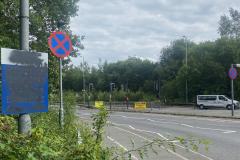

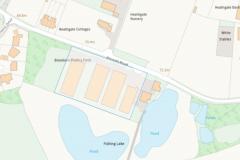
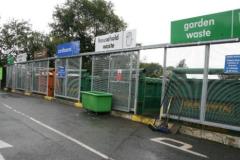
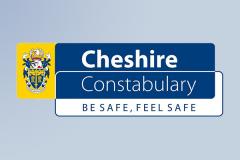
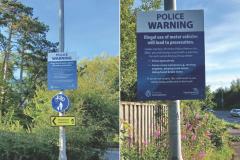
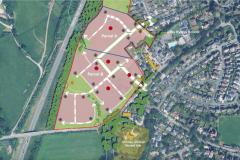
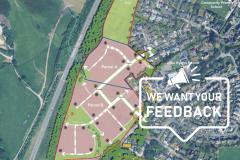

Comments
Here's what readers have had to say so far. Why not add your thoughts below.
I’m told it’s not illegal to park on a cycle lane, but how much sense does that make? How do we secure a change of law to stop parking on cycle lanes to encourage healthy and safer cycling?
See rule 140 of the highway code:
https://www.gov.uk/guidance/the-highway-code/general-rules-techniques-and-advice-for-all-drivers-and-riders-103-to-158
Cycle lanes. These are shown by road markings and signs. You MUST NOT drive or park in a cycle lane marked by a solid white line during its times of operation. Do not drive or park in a cycle lane marked by a broken white line unless it is unavoidable. You MUST NOT park in any cycle lane whilst waiting restrictions apply.
So there are two types of cycle lane – those defined with a solid line [parking in them is not allowed] and those with a broken line. Parking is allowed in these according to the Highway Code as above. - Do not drive or park in a cycle lane marked by a broken white line unless it is unavoidable. A broken white line is an advisory marking telling motorists they should not drive or park in cycle lanes unless absolutely necessary.
How stupid! What might be the definition of ‘avoidable’? “Well, officer, I couldn’t be bothered to find anywhere else to park so I’m afraid it has been ‘unavoidable’ to park in this cycle lane, so there!” A cyclist is advised when passing a parked car to give a clearance the same as a door width so if it is opened the cyclist avoids being knocked off and into the path of a passing vehicle. This means the cyclist should be positioned in the centre of the lane of the road and make following traffic proceed at their speed. Manchester Road has a speed limit of 40mph because it is straight, has wide grass verges and visibility is good. Cars parked in the cycle lanes make the road narrower and reduce the visibility of anyone entering their drive onto the road. The speed limit should therefore be reduced to 30mph IN THE INTEREST OF ROAD SAFETY. Cars parked here also break the law when it is a requirement to display sidelights between the hours of sunset and sunrise as well as parking in the direction of travel:
“If a road operates a speed limit greater than 30mph, under The Road Vehicles Lighting Regulations 1989 you’re legally required to leave on your sidelights when parking on it at night.”
‘Night is defined as half an hour after sunset to half an hour before sunrise.